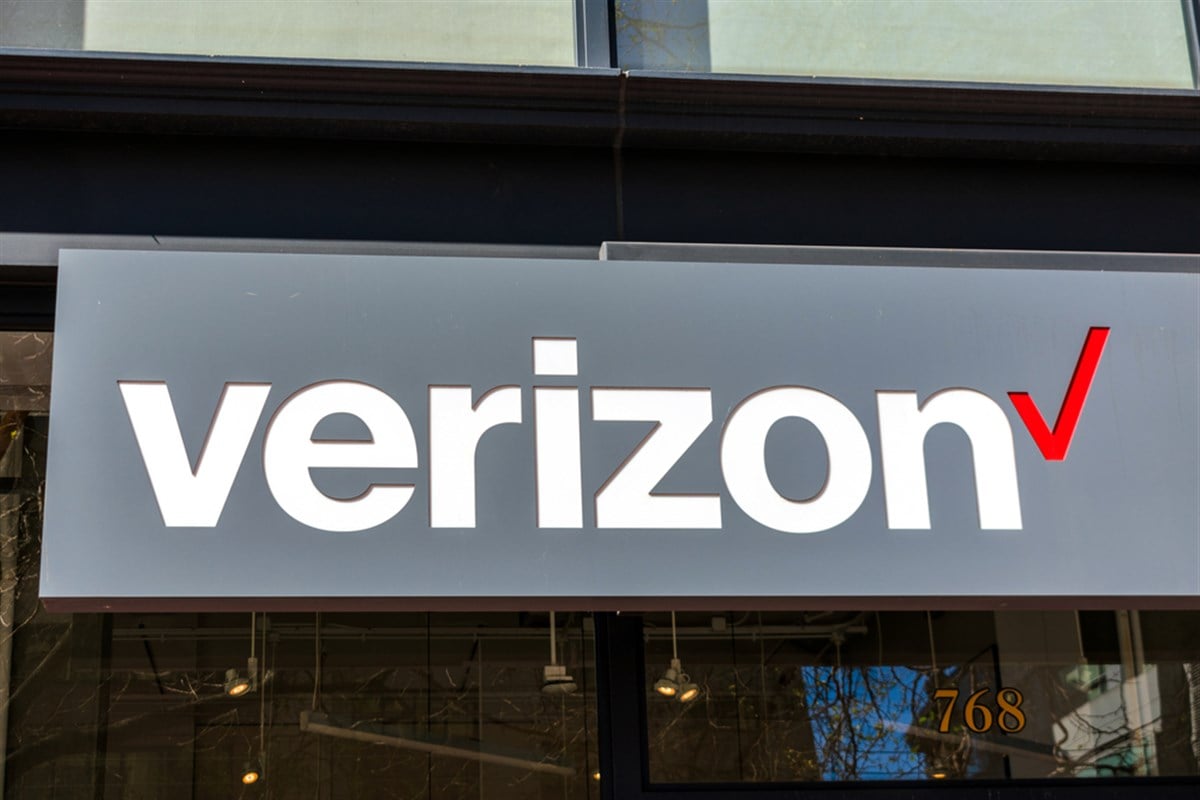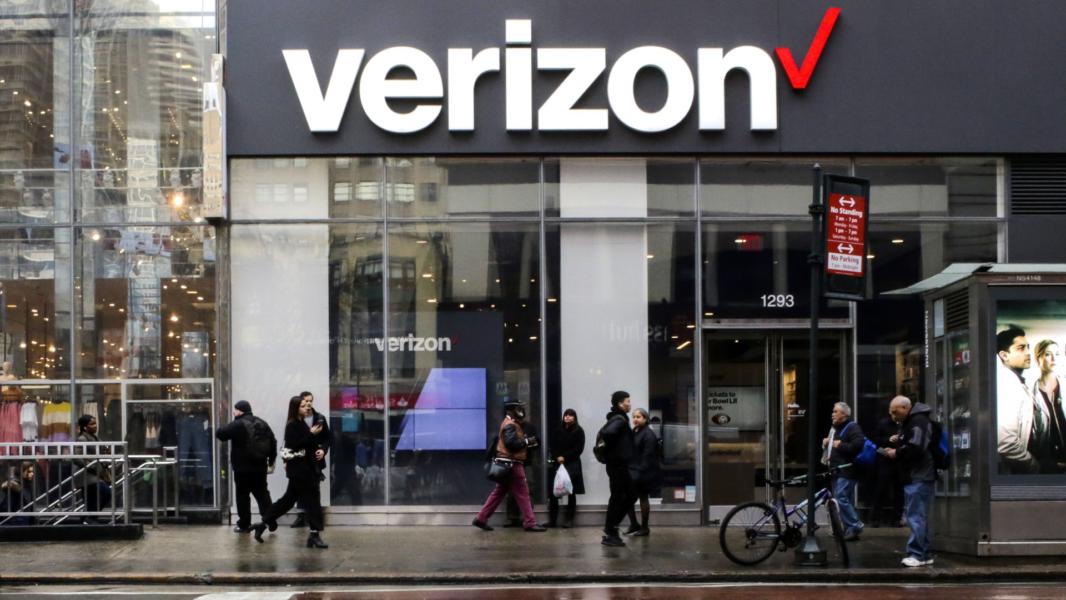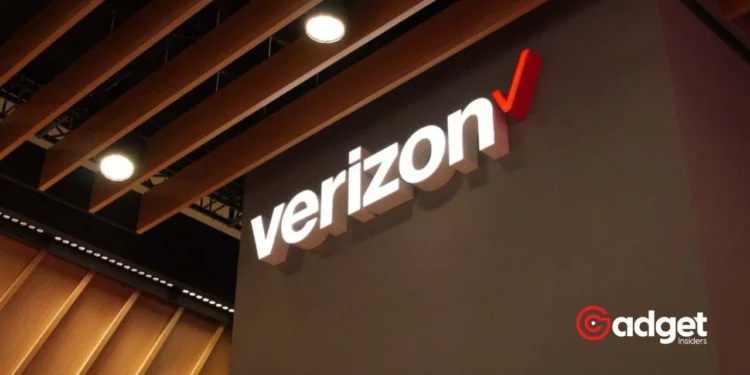Verizon, the United States’ largest wireless carrier, has recently unveiled its financial performance for the first quarter of 2024, presenting a complex picture of subscriber dynamics and revenue shifts. Despite a significant loss in some areas, the telecom giant has shown resilience and strategic growth in others, providing a nuanced view of its current market standing and future outlook.

Subscriber Trends: Losses and Gains
During the initial quarter of the year, Verizon reported a net loss of 158,000 wireless retail postpaid phone subscribers in the consumer sector. Interestingly, this represents a smaller shortfall compared to the 263,000 subscriber loss from the same quarter last year, signaling a reduction in churn and an increase in subscriber additions. “Gross adds rose 5.3% in the consumer unit year-over-year,” and the consumer wireless phone churn was notably low at .83% in Q1.
Verizon posted first-quarter results roughly in line with analyst estimates Monday, kicking off a busy week of earnings with AT&T and T-Mobile set to report over the next few days. https://t.co/4dl5APsVH2
— Investopedia (@Investopedia) April 22, 2024
Despite these losses, there was a bright spot in the pre-paid segment after excluding SafeLink Wireless—Verizon’s brand targeted at consumers with access to government-sponsored connectivity benefits—where the losses were considerably lower than the overall figure.
Verizon’s First-Quarter Financial Highlights: Steady Growth in Key Areas
The financial figures from Verizon paint a picture of steady, albeit slow, growth in several key areas. The company’s consumer revenue saw a modest year-over-year increase of 0.8% to $25.1 billion, with consumer service revenue up 3.4% to $16.1 billion. Additionally, the average revenue per account (ARPA) within the consumer wireless postpaid segment is on an upward trajectory, bolstered by higher pricing and a burgeoning Fixed Wireless Access business.

On the flip side, Verizon Business faced challenges, marking a 1.6% decline in revenue to $7.4 billion for the quarter. This dip was attributed to decreases in wireless equipment revenue and wireline revenue, although service revenue within this unit saw an uptick.
Overall Corporate Health
Combining the consumer and business segments, Verizon experienced a net loss of 68,000 postpaid phone subscribers over the quarter. The total wireless service revenue, however, climbed to $19.5 billion, up 3.3% from the previous year, reflecting a solid increase despite subscriber volatility.
Verizon Chairman and CEO Hans Vestberg commented on the results with optimism, stating, “Our strong results show that our team is delivering. Our performance in the first quarter sets us up for a successful 2024. We are on track to meet our financial guidance and to deliver positive Consumer postpaid phone net adds for the year.” Vestberg also highlighted the rapid growth of the fixed wireless subscriber base and boasted of the network’s industry-leading quality.

Market Reaction and Forward-Looking Statements
Despite these affirmations of strength and growth from the company’s leadership, Wall Street’s reaction was less than favorable. As of Monday afternoon, Verizon’s shares were trading at $39, down by $1.49 or 3.67%. This investor sentiment reflects concerns over the company’s ability to sustain growth and manage operational challenges effectively.
In summary, Verizon’s first-quarter earnings report for 2024 reveals a company at a crossroads. While there are definite areas of strength, particularly in service revenue and fixed wireless growth, the overall subscriber losses and the tepid reaction from investors suggest that Verizon must continue to adapt and innovate in a highly competitive market to maintain its lead and appease shareholder expectations. As 2024 progresses, all eyes will be on how Verizon tackles these challenges and capitalizes on its opportunities to ensure long-term success.










